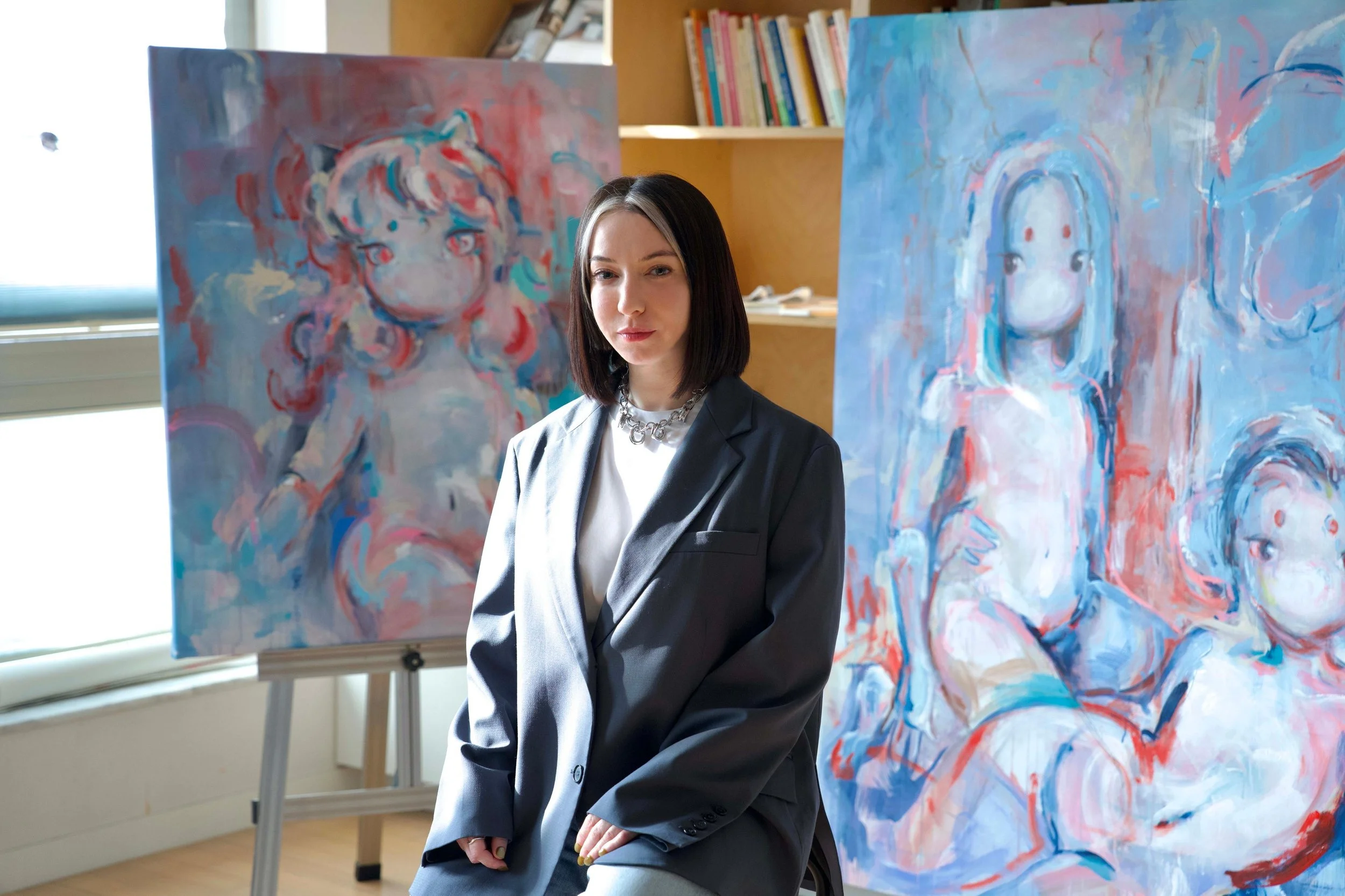HYPEART
PBG Gallery To Host Okokume and Pol Segura’s ‘Two Voices, One Path’ Exhibition
4 July, 2025
TEXT BY Zoe Leung
TWP EXCLUSIVE
Traversing a Fluid Visual Landscape: Feminine Strength, Resilience and Resonance in Okokume's Cosmic Guardian
28 February, 2025
WRITTEN BY Yi Ting Lee


